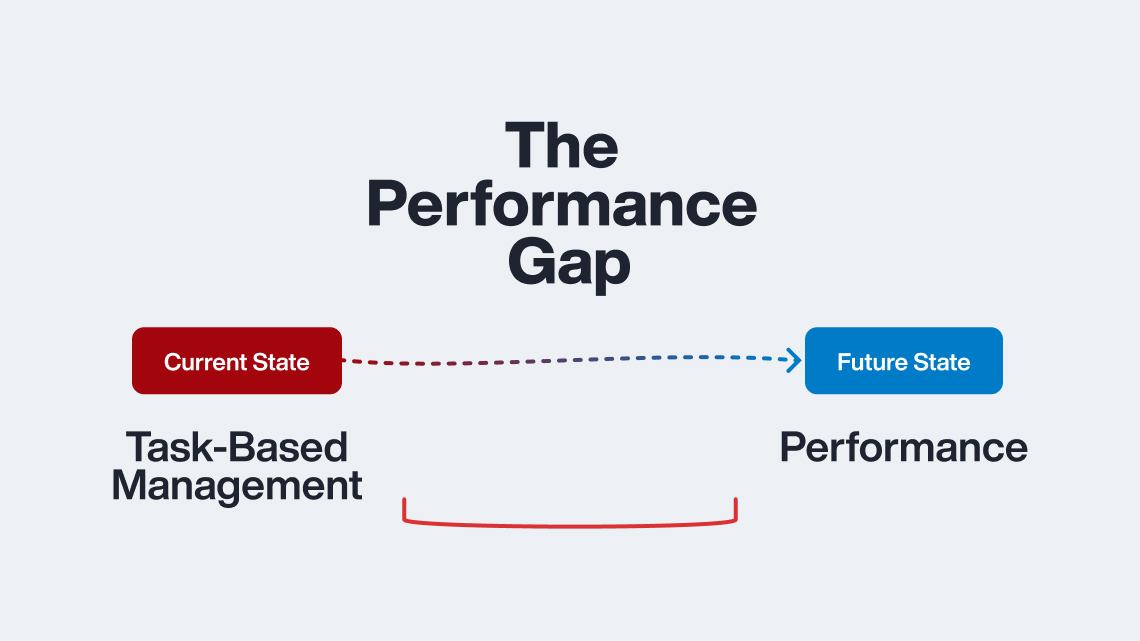Published on December 4th, 2019
By Megan Eales Monroe
With a national shortage of more than 7 million affordable rental homes for low-income families, there is a significant need for investors and property managers to focus their attention on new affordable housing projects that will serve those who need it most. According to the NLIHC, 71% of extremely low income households in the U.S. are severely cost-burdened, which means that more than half of their income is spent on housing. Affordable housing programs aim to lift that burden.
“Only 37 affordable and available rental homes exist for every 100 extremely low-income renter households.”
Affordable housing typically refers to apartment homes or other multifamily rental projects priced significantly below conventional market models. Most rental property built, managed or marketed under the affordable housing umbrella in the United States uses government funds to offset the rent reduction.
The ongoing affordable housing shortage presents unique opportunities for investors and property managers to create a new revenue stream by managing properties in this category, one that comes with some financial incentives and programs worth exploring.
One such federal program is the Low Income Housing Tax Credit Program (LIHTC), which has been responsible for financing the construction of more affordable housing units than any other federal housing program. Since the LIHTC program began in 1987, it has resulted in the creation of an additional 2.3 million affordable housing units, according to the Urban Institute. In comparison, public housing programs peaked at 1.4 million units in the 1990s, and project-based rental assistance accounts for 1.2 million.
Those who do not currently have any LIHTC properties under management may wonder if the extra work is worth it. Others who are currently managing one or more LIHTC properties may be looking for ways to streamline the tenant certification process to improve productivity and profitability. Read on for answers to both.
What is LIHTC & How Does It Work?
LIHTC is a federal program that gives states a grant based on resident population. The government assigns individual states the responsibility for allocating the program funds. According to COMMUNITY-WEALTH.ORG, “[H]ousing developers — community development corporations (CDCs) and for-profit firms — apply for the right to receive tax credits. These tax credits are then “syndicated” or sold to investors, providing equity for housing developers and providing a tax write-off for the investor.”
LIHTC was passed into law to encourage developers and investors to add affordable multifamily housing units to their asset portfolio to increase the number of rental units available for people who may otherwise be priced out of the rental market.
For a prospective LIHTC renter, qualifying for the credit award is complex, and the process is highly competitive. Applying and qualifying for affordable housing requires a mountain of paperwork to fill out and reams of supporting documents to file. And since residents must re-certify each year, the process must be repeated.
Much of the complexity and additional work for the property manager revolves around LIHTC tenant certification. Property managers must prequalify renters using a rigorous, often time-consuming screening process to eliminate anyone who may be trying to game the system to access lower housing costs.
Individual states may establish minimum standards as part of the eligibility requirement for award consideration. Some agencies may only approve buildings that are designed, built or retrofitted to meet sustainability guidelines. Others may look for properties within walking distance of a public transit hub or connection point.
Awards are generally disbursed in equal installments, typically over a period of several years and may be combined with other programs to increase overarching financial benefit of program participation.
Managing rental properties under LIHTC may be easier for people who complete LIHTC certification training before opening their communities to low-income earners. One training program leads to the Housing Credit Certified Professional (HCCP) credential which is optional, but may be beneficial. The National Association of Home Builders (NAHB) says HCCP courses help an organization gain “a more thorough understanding of the complex net of LIHTC regulations that keeps owners and managers in compliance.”
The priority for property managers is certifying a renter meets all eligibility requirements under state guidelines. Industry credentials are valuable for building credibility with owners and investors, but optional as far as program administrators are concerned.
Reasons to Add LIHTC to Your Portfolio
Aside from the many benefits for low-income families in need of affordable housing, the LIHTC program also carries many benefits for investors and property managers. Here are a few reasons to consider expanding your portfolio to include more LIHTC units.
For property managers who operate as fee managers, offering expertise in LIHTC management means that your company can provide additional value for the owners you manage on behalf of. With the ability to efficiently manage complex LIHTC program requirements, not only are you creating an additional revenue opportunity, but you may also gain additional market-rate units since you also offer owners the proficiency to effectively manage their full portfolio.
For owner operators, there are numerous revenue advantages associated with entering the affordable housing sector.
The LIHTC program creates a significant revenue upside for investors by offering two types of tax credits, both 4% and 9% over a ten year period.
Some sources report that over time, the tax credits can offset up to 70% of the investment in adding an affordable housing complex to the asset portfolio. According to the Urban Institute, it’s not uncommon to see 75-80% of the total project cost covered by the equity raised from 9 percent tax credits. Local governments may even further reduce tax burdens to encourage the development of new affordable housing projects.
An additional benefit, no matter your company’s business model, is the potential to reduce vacancy rates and enjoy high occupancy. Because of the current shortage of affordable units, your property will always be in high demand.
Staying Compliant With LIHTC Program Requirements
As mentioned earlier, the LIHTC tenant certification process can be complex and time-consuming. And, compliance throughout program participation is mandatory to avoid sanctions or disqualification.
Anyone administering LIHTC programs and/or working directly with applicants seeking affordable housing solutions must be diligent when completing the tenant certification form.
Although it is almost unheard of for an agency to demand a full repayment of an award due to non-compliance, some states, such as California, impose hefty fines for a variety of compliance issues.
LIHTC certification for renters includes interviewing every adult that will live in a rental home designated as an affordable housing unit. And, renters must be re-certified every year in order for a multifamily community to continue to receive annual awards. Should a LIHTC tenant income certification lapse, there could be fines or penalties imposed for each unit out of compliance or for each unit in a project, depending on the type of property and the state requirements.
There are three types of tenant certification: Initial Certification (Move-in), Renewal Certification (Annual) and Other Certification, which covers events such as moving to another unit, adding or removing family members, or state-requested certification.
The certification form documents vital information on all persons that currently reside or that may live in the household during the certification term, including unborn children, live-in caretakers and anticipated foster children. Along with full name, birth date, and social security numbers of each occupant, the form lists amounts and sources of all income and assets. There are special income rules that apply to the initial application and subsequent renewals, with formulas and instructions included in relevant sections of the Low Income Housing Tax Credit Certification Form.
Using Technology to Streamline Tenant Income Certification (TIC)
Property management teams can use either a paper-based or software solution to manage the tenant certification process. However, there are some major benefits to using cloud-based, automated systems that reduce the risk of human error, ensure all regulations are followed, and keep the certification process moving.
By establishing reminders and alerts that trigger re-certification reviews, the owners and investors are certain not to miss an important deadline.
Administering income and rent limits at the property or unit level can ensure your business stays compliant with LIHTC program requirements, and these limits should automatically load when your team creates a new certification.
Finally, by managing the tenant certification process directly within the same property management system you use to run the rest of your business, you can easily convert a certification into a move-in without double data entry, and you can manage a tenant’s certification data, verification documents, and internal team discussion in one place.
AppFolio Property Manager includes the tools you need to centrally manage your LIHTC programs — here’s more info on how it works.
Maximizing Your Affordable Housing Investments
At its core, successfully maximizing affordable housing investments for property managers and their stakeholders requires a two-pronged approach: reduce costs and increase profit. For those who plan to expand their asset portfolio to include LIHTC properties, knowledge is power.
Learning everything about the LIHTC process through independent training and credentialing courses is a great first step. Start by looking into the agencies responsible for allocating funds in your state, and federal organizations such as the IRS and HUD that monitor compliance.
Rethinking the business operating model, which includes human and tech assets, is the next logical step. Exploring cutting-edge property management solutions designed to boost efficiency and productivity while reducing costs, benefits everyone – developers, property managers, renters, investors, front-line customer service staff and asset managers.
Managing LIHTC properties can be complicated, but with the right technology backing you up, you can maximize the value of your affordable housing investments.









Comments by Megan Eales Monroe
Ensure Consistency Across Teams: How to Leverage Built-In Workflows & Other Technologies
Hi there Ryan! We definitely have solutions that make sense ...
How Will Rent Control Impact Property Management Companies in 2020?
Hi Frank - the Consumer Price Index (CPI) is used as a ...
What is AI, and How is it Transforming the Real Estate Industry?
Hi there, Kim! The price depends on your business' ...
There’s a Better Way to Get Work Done: How to Maximize Team Performance through Experience
Hi Amanda, We'd be happy to provide you with more info! ...